The Directoire Style was a transitional style between the Louis XVI and the Empire Style.
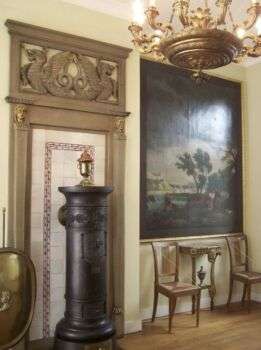
Image source: https://en.wikipedia.org/wiki/Directoire_style#/media/File:Couven_Directoire-Zimmer_1.jpg
History of this Style
The Directoire style was introduced by designers Charles Percier and Pier François Léonard Fontaine. As it employs Neo-classical architectural forms and patterns, the style was the predecessor of the more complicated Empire style, which was introduced after Napoleon established the First French Empire.
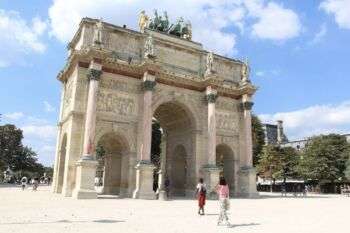
Image source: https://search.creativecommons.org/photos/188b0440-4e64-4890-a013-fcaf3a98b925 by corno.fulgur75
Directoire Style Characteristics
The Directoire style reflected the values of republican Rome. Revolutionary emblems were on furnishings, decorations, and textiles, and the furniture were copies of relics discovered in the excavations of Pompeii, or inspired by representations of antiquity in general. Moreover, furniture and ornaments were not often present, yet simple lines were important in this style. Mahogany was a key element.
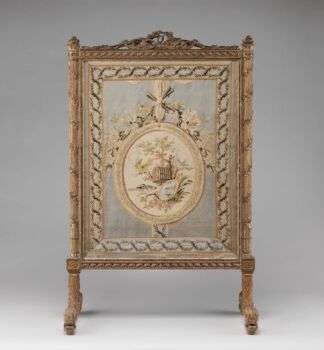
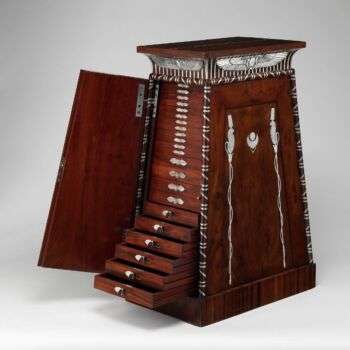
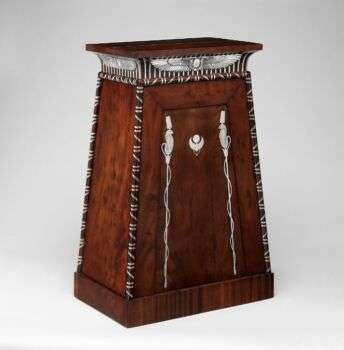
Interior Designers
Charles Percier was a French architect and designer, who worked closely with Pierre François Léonard Fontaine. Together, they invented and strongly promoted the Directoire style. In 1799 Napoleon wanted them to redecorate Malmaison. After that, they worked to decorate Saint Cloud, the Tuileries, the Louvre, and other important buildings in France.
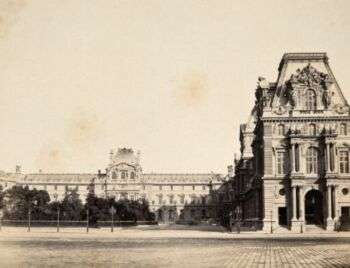
Image source: https://search.creativecommons.org/photos/e3c08c14-959a-4ec7-9dad-c9fa5aa14527
Clothing and Fashion
Directoire style was a classical style, based on an idealization of ancient Greek and Roman dress with narrow skirts. In this period the willingness to expose the breast started to affect fashion. For example, it became appropriate for a pregnant or nursing woman to show exposed breasts. Maternity became fashionable, and it was common for women to walk around with their breasts exposed. White was the most common color for the neoclassical style of clothing as well.
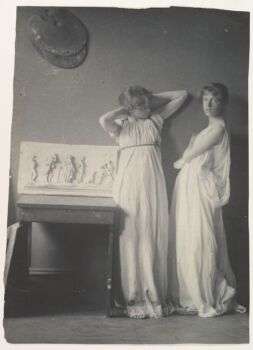
Info source: https://www.britannica.com/art/Directoire-style
